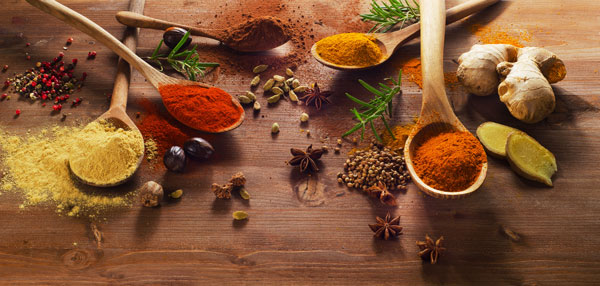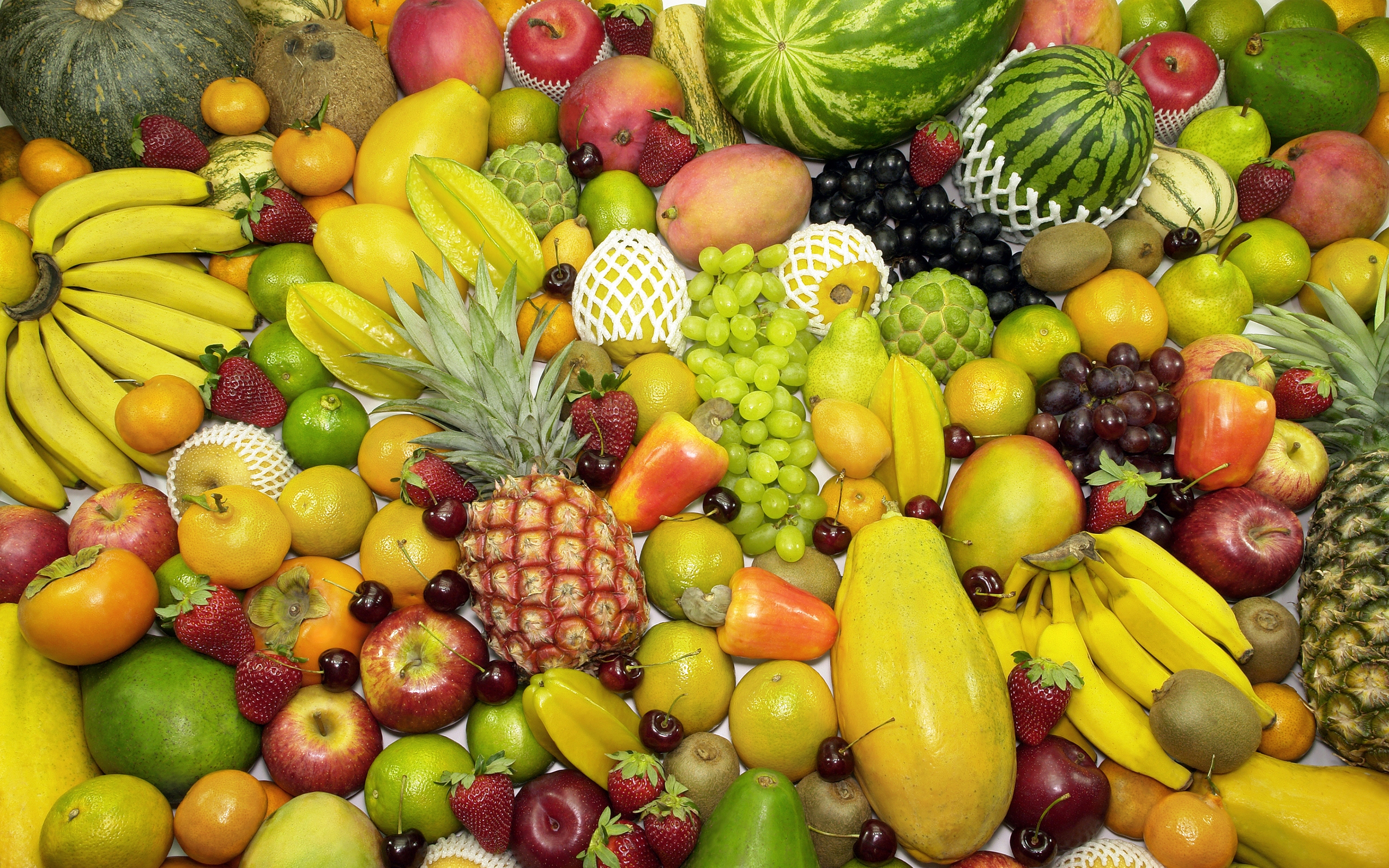The new year brings us opportunities to implement healthy changes to bring balance into our lives. Learn 10 simple Ayurvedic health tips which you can use now.


The new year brings us opportunities to implement healthy changes to bring balance into our lives. Learn 10 simple Ayurvedic health tips which you can use now.
As habitual creatures, we find change very difficult to comprehend and accept at times. Especially when situations are dramatically altered, practically overnight. As we move throughout our daily lives, it’s evident in conversations, behaviors, the news, social media, etc. that there is a growing sense of unrest in the US. So many people feel as […]

In the ancient Ayurvedic text, the Charak Samhita, Charak describes all the etiological factors which contribute to disturbances in the body’s channels (srotas). The seven tissue systems (dhatus) in Ayurveda are comprised of the srotas. The doshas or three constitutional types (Vata, Pitta, and Kapha) are a functional element of the dhatus. Doshas are characterized […]
Ayurveda is an ancient science of body, mind, and spirit which has stood the test of time for over 5,000 years. It has eight branches. One of these branches is Ayurvedic psychology, also known as graha chikitsa or bhuta vidya. Ayurvedic psychology addresses mental imbalances and how to treat them with holistic methods so that […]
In Ayurveda, the concept of Agni, or the digestive fire is a key factor in understanding our physiological makeup, or our prakruti and vikruti. Ayurveda has three doshas, or core energies: Vata, Pitta, and Kapha. Some consider agni to be the fourth dosha. Ayurveda teaches us that everything which we take in must be digested, […]
Ayurveda is an ancient science of body, mind and spirit which originated over 5,000 years ago in India. Ayurvedic theory is based on the five elements (ether, air, fire, water, and earth) and the three doshas, or body types: Vata, Pitta, and Kapha. Ayurveda focuses on the root of a disease, rather than just treating […]
The goal in Ayurveda is to maintain our prakruti, or our inborn physiological constitution. This is the amount of Vata, Pitta, and Kapha doshas with which we were born. Yet, we all are prone to doshic imbalances due to both internal and external stressors. Doshic imbalances in Ayurveda are due to a variety of factors: […]
One of the most commonly used terms in Ayurveda is “dosha”. There are varying contexts in which it is currently used, as it can indicate both health as well as an imbalance. So what’s a dosha in Ayurveda? Literally, the word dosha means “fault”. It’s often used in Hindi or Gujarati without the final -a […]
We conclude our journey of the six tastes, or shad rasa, with the astringent taste in Ayurveda. Astringent is comprised of the elements earth (prithvi) and air (vayu). Astringent increases Vata and decreases Pitta and Kapha doshas. The virya, or energy of the astringent taste, is cooling. The vipak or post-digestive effect of astringent is […]
As we continue our journey through the shad rasa (six tastes) in Ayurveda, we will explore the taste that garners either a love or hate reaction: pungent. The pungent taste in Ayurveda is comprised of the elements of air (vayu) and fire (agni). Pungent increases Vata and Pitta doshas and decreases Kapha dosha. The virya […]